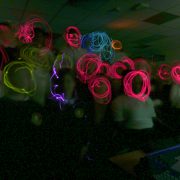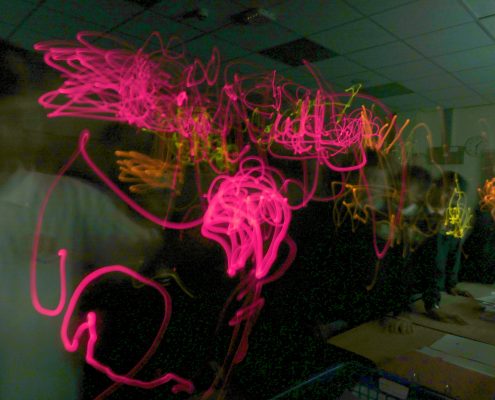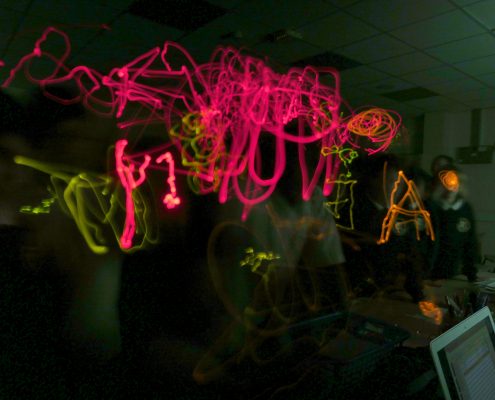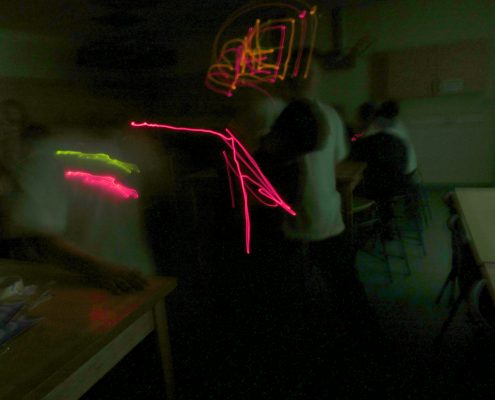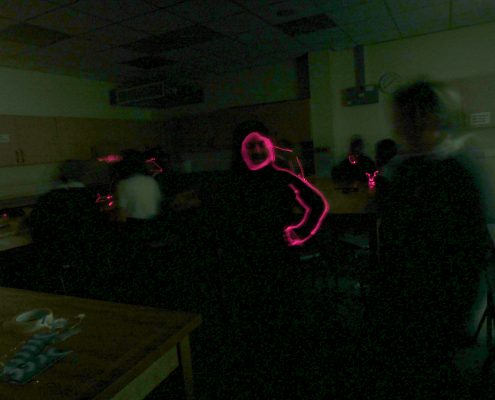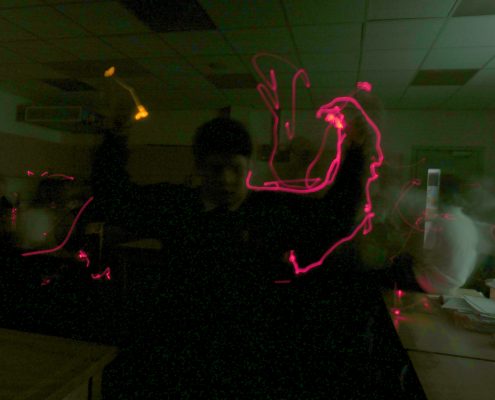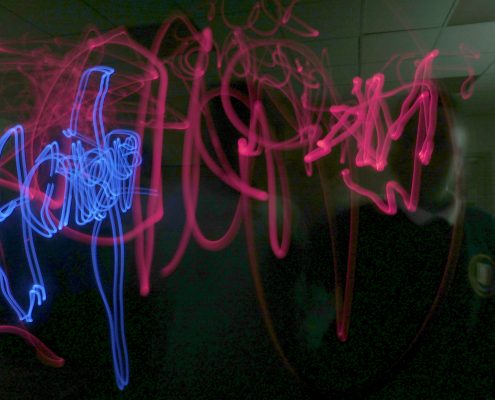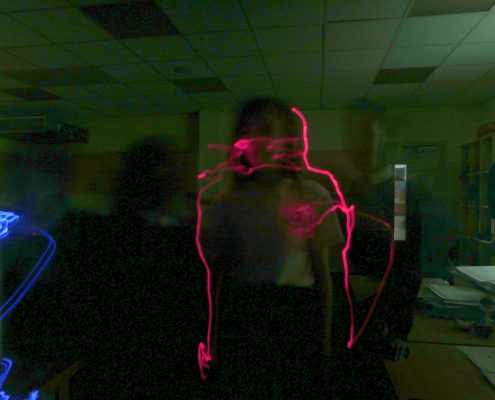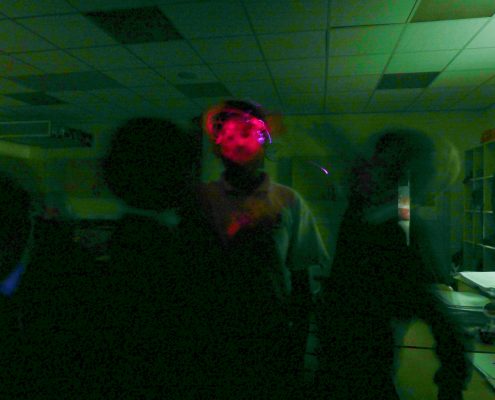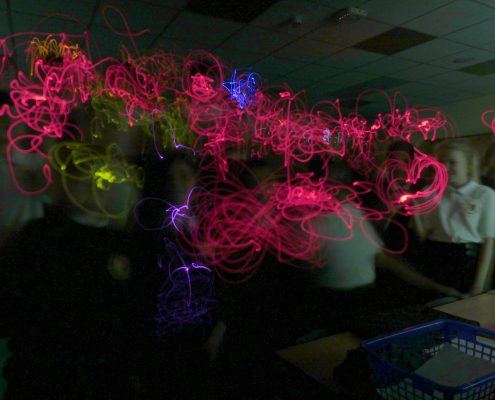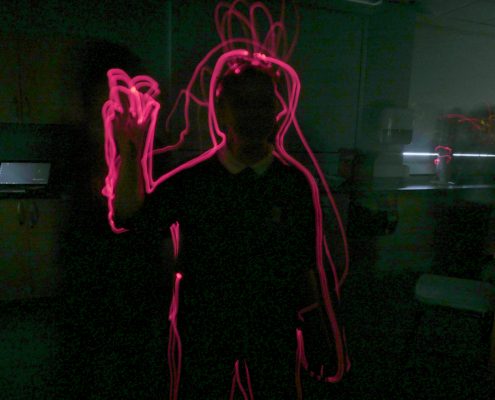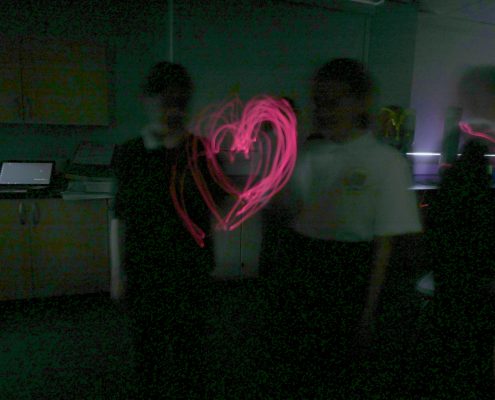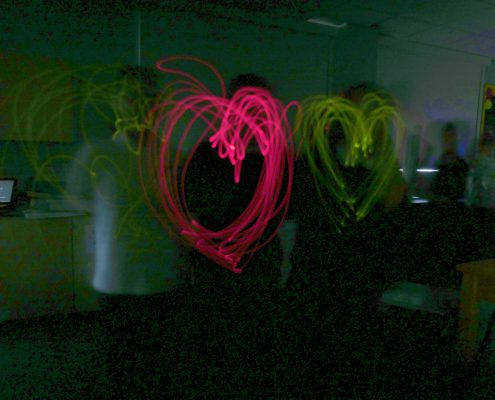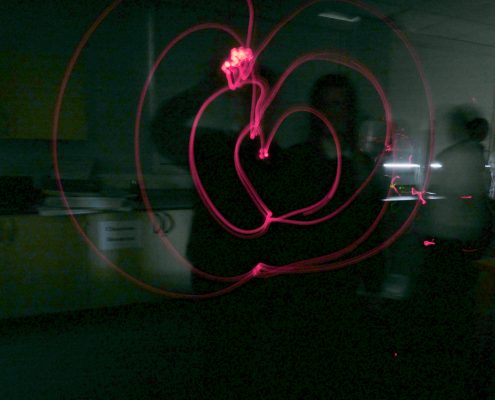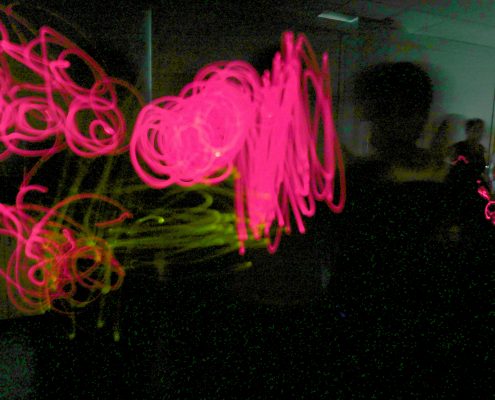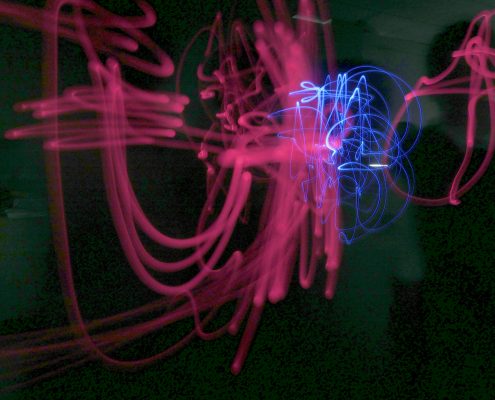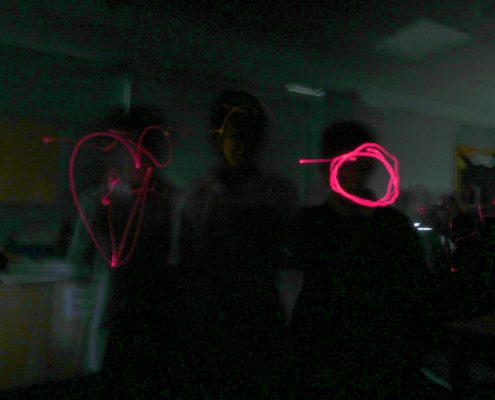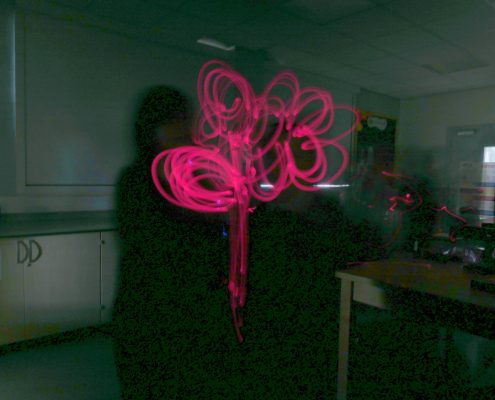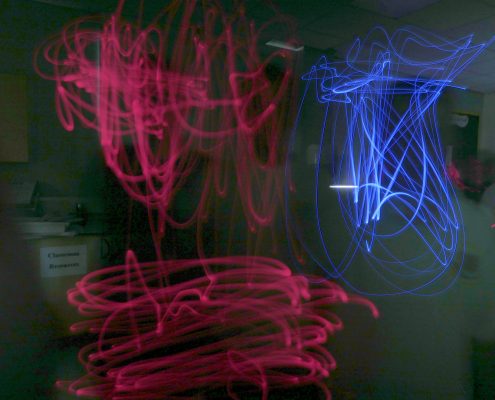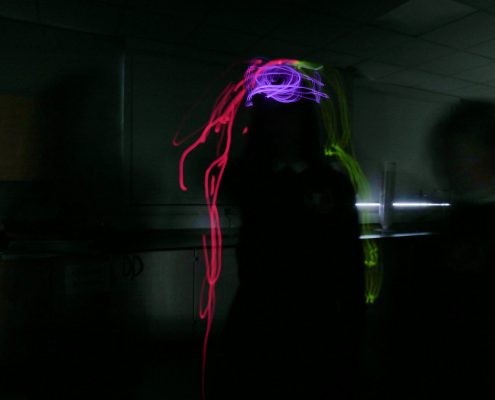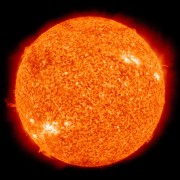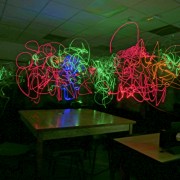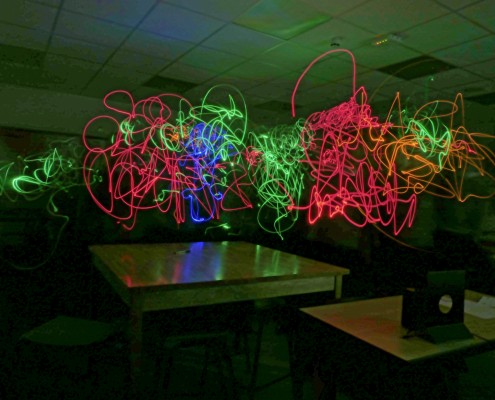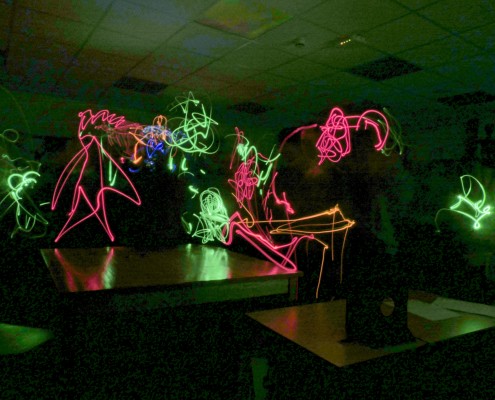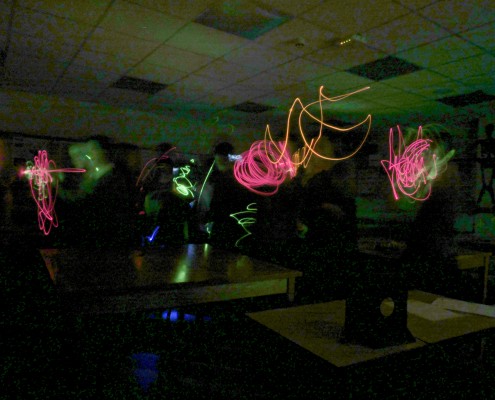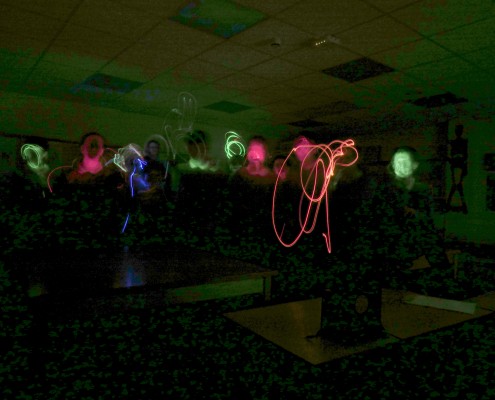Heaton Manor School
Hello Heaton Manor! Over the next few years we hope we’ll see you often. We’ll bring you the most fascinating, surprising, and ridiculous things we can think of, and together we’ll explore the world around us. We’ll look at how things work, how they behave, and how you can build things that behave as you want them to.
We also hope you’ll visit us at our base, Think Lab in Northumbria University, where we can go even further in thinking like scientists and engineers.
Below, you’ll find a summary of the things we’ve done with you so far. Click around – you might just spot yourself in one of our galleries.
You:
Us:
13th July – Light Painting
Hey there Heaton Manor! As promised, here are all your light painting images that you created this afternoon. Good work! But don’t stop there – check out our light painting page, get inspired and have a go at making your own at home. If you do, we’d love to see the results, so feel free to send us a copy. Get creating!
March 10th – Atoms to Astrophysics
Today we explored the whole scope of Physics, from atoms to astrophysics. For more information check out our workshop page here, and make sure you have a go with this scale of the universe tool. I could spend all day playing around with it.
We talked about protons, neutrons and electrons today, but we didn’t mention the even smaller particles that they are made of. Have an explore. Did you spot the transistor gate that’s about the size of a virus? These are what give your phone its processing power. Current transistors are as small as 7nm – that’s 0.000007mm. The smaller they are, the more we can pack onto a microchip and the more processing power we can get. However, it looks like we might struggle to make them any smaller. As we get smaller we enter the realms of “quantum tunneling” which can cause all sorts of problems. To prevent this, we may have to start making our chips out of something other than silicon. (I like mine made out of potato! ba-dum-tish!)
One option might be a new material invented in Manchester called Graphene. It is only a single atom thick and could be used to make even smaller transistors. It’s super light and super strong and is changing the way we design and construct new products. If you want to get a glimpse of the material of the future, look here.
We also looked at the International Space Station, which you can watch, live, here. If you want to see the ISS fly overhead, use the tracker website here. You can give Tim a wave, and if you tweet him first (@astro_timpeake), he might just wave back!
This article is about Dr Richard Morton who works at Northumbria University. He is studying the sun and its effects on Space weather, which could be used toto help keep astronauts safe whilst in space.
March 10th – Light and the EM Spectrum
That’s some good Light painting, Heaton Manor! I particularly like the spooky skeleton hanging in the background!
Head over to our workshop page for more details on how you can create your own and learn more about light and the EM spectrum.

